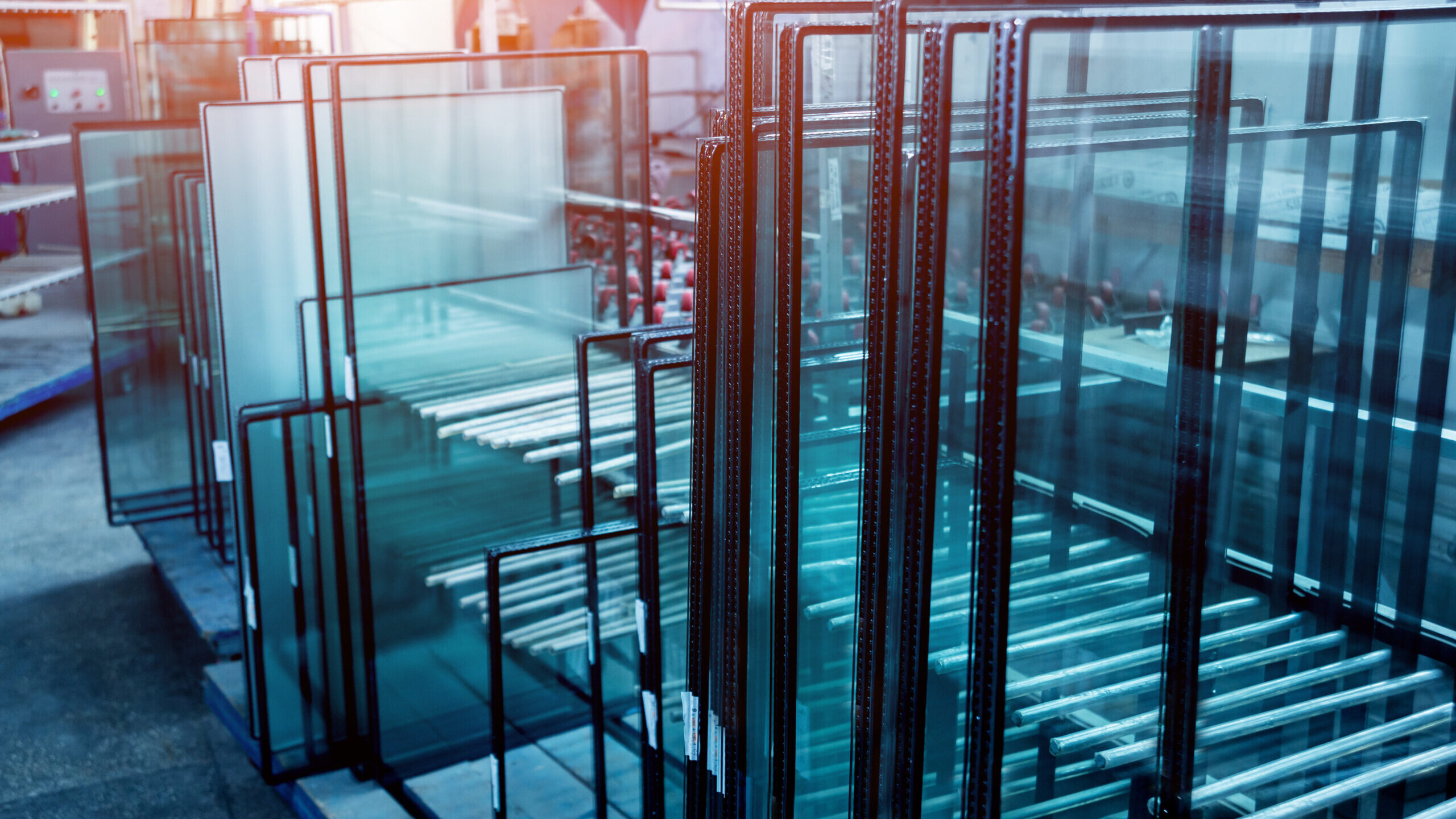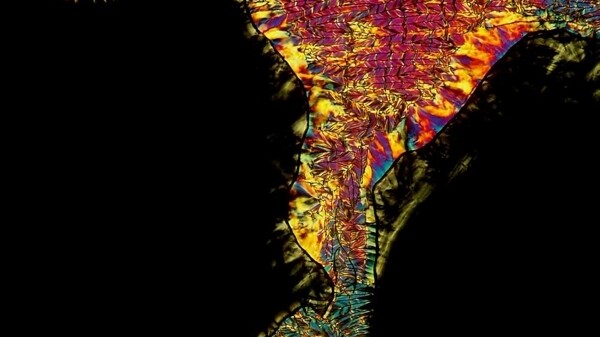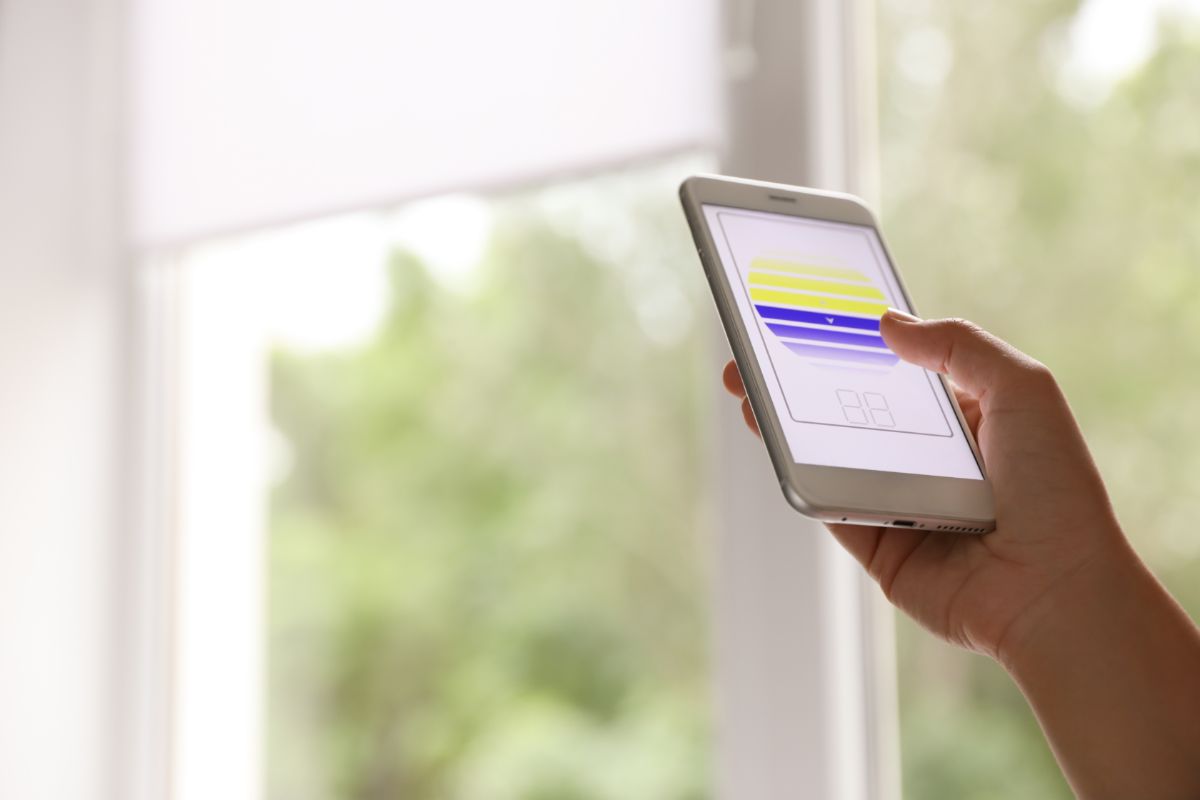Currently, in order to increase the efficiency of employees and increase the functionality of buildings, architects and interior designers strive to optimize office space. They look for solutions that would not only allow employees to create as comfortable conditions as possible but also increase the functionality and potential of office buildings, from which we require more and more. They are supposed to be more than just workplaces. They should be as compatible with us as possible. Architects and designers use the help of modern and innovative solutions, such as smart glass. What is it and how does it work? What is the difference between smart glass and smart window film?
Traditional glass and smart glass – differences
Clear glass, from which traditional glass is made, is a very simple material of mineral origin. Cheap and commonly occurring raw materials are used in an uncomplicated technological process of its production. Under normal outdoor and indoor conditions, glass does not react chemically, which means it is neutral.
That is why it is an excellent carrier for active materials that can increase its functionality. Glass refinement work to optimize the space of the buildings has been underway since the 1980s. However, only recently exceptionally innovative, satisfactory, and measurable results have been produced.

What is smart glass?
The smart glass contains active materials. Their light transmission properties can change under the influence of three factors: electrical voltage, light, or heat. Then it becomes translucent or opaque, and the other way around, moving from transmitting light to stopping some or all of the wavelengths of light.
What is important, smart glass, which can be used in buildings, is largely related to regulating the flow of not only sunlight but also heat. This can contribute to improving the energy balance in the interiors. However, some models do not completely limit access to daylight. Thanks to that, very good visibility is maintained in the rooms, which eliminates the need to use artificial light.
The technologies used by smart glass include electrochromic, photochromic, thermochromic devices, suspended particle devices, micro-blinds, and polymer-dispersed liquid crystal devices. Below, we will briefly discuss those most often used in various types of buildings.
Smart glass with suspended particles
In smart glass devices, which contain suspended particles (SPDs), there is a thin layer of laminate suspended in liquid and placed between two glass panes or on the surface of one of them. When no electrical voltage is applied, the suspended particles are unevenly distributed, blocking and absorbing light. However, when it is applied, the particles immediately align, which leads to the transmission of sunlight.
In this way, the shade of the glass and the amount of transmitted light can be adjusted. Importantly, the parameters of such devices can be set independently, thus controlling the amount of light and heat inside the rooms.
Electrochromic devices in smart glass
The ability to control the amount of light and heat in electrochromic devices results from a change in the sunlight transmission properties caused by the application of electric voltage. After changing transparency, smart glass with electrochromic material no longer requires electricity to maintain the specific shade it has achieved.
Modern smart glass using such systems darkens to more neutral shades of gray, momentarily staining the glass surface evenly. Importantly, it ensures visibility even in the dimmed state and thus reduces electricity consumption. The market also offers smart glass which becomes more reflective than absorbing, thus changing the state between transparent and mirror.
Liquid crystal devices dispersed in polymers
In dispersed polymers contained in liquid crystal devices (PDLC), the liquid crystals are dissolved or dispersed in the liquid polymer. As the polymer changes from liquid to solid, the liquid crystals become incompatible with it, forming droplets. Curing conditions affect their size, which in turn determines the final operating properties of smart glass.
Typically, a liquid mixture of polymer and liquid crystals is placed between two layers of glass or plastic that comprise a thin layer of transparent, conductive material. They then cure the polymer, thereby forming the basic layered structure of the smart glass. Without applying voltage, liquid crystals are randomly distributed in droplets, which causes scattering of light that passes through the smart glass. This results in a translucent appearance of ‘milky white’.

See more
Modern office
Smart office – arrange it yourself!
The enduring trend in office interior design is modernity, interpreted in two distinct ways.
Safety and hygiene ,Medical facilities
Modern Dental Office. Raise the Standard in Your Clinic with SONTE Film
Discover how SONTE film can transform your dental office, providing privacy and comfort to both patients and staff. Explore the benefits of using this innovative technology.
Modern office ,Intelligent solutions ,Korporacje
How SONTE film enhances safety and privacy in banking facilities
SONTE film in banks. Complete privacy, modern design, and on-demand security. Discover how it works!
